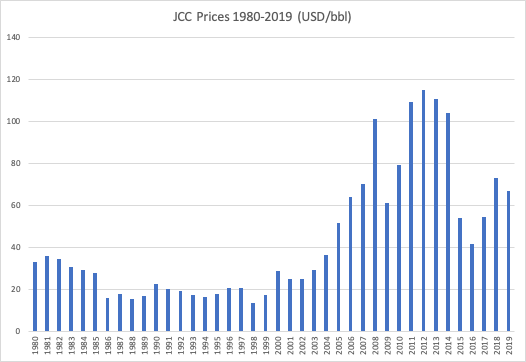Enhancing Operating Profit: A Key Indicator of Market Resilience

In a climate marked by economic uncertainty and fluctuating consumer demand, analyzing operational efficiencies has emerged as a critical strategy for investors seeking long-term market outperformance. According to a recent report by The Economic Times, companies that successfully enhance their operating profit—measured primarily through EBITDA (Earnings Before Interest, Taxes, Depreciation, and Amortization) margins—tend to outperform their peers significantly, even amidst challenging market conditions.
The significance of EBITDA cannot be overstated. This financial metric provides a clearer picture of a company’s core profitability by eliminating non-cash expenses and varying capital structures, thus offering investors a more accurate assessment of financial health. As noted by Om Ghawalkar, Market Analyst at Share.Market, “EBITDA is the preferred metric for investors who want to know how a company performs at its core before financing decisions and accounting treatments cloud the picture.”
A study conducted by ET Wealth analyzed the performance of 1,508 non-BFSI (Banking, Financial Services, and Insurance) companies, revealing that 29 firms managed to consistently improve their EBITDA margins over the last four quarters. In stark contrast, 28 companies experienced a steady decline in this crucial metric. The research, which sourced data from the Reuters-Refinitiv database, highlighted that those 29 firms recorded an average return of 30.3% over the past year, while the group with declining margins suffered an average loss of 9.8%. In comparison, the Nifty 500 equal-weighted index returned only 7.8% in the same timeframe.
Experts agree that an improvement in EBITDA margins correlates directly with increased Return on Equity (RoE) and subsequently enhances both profitability and stock prices. Saurabh Joshi, Head of Research at Marwadi Shares and Finance Limited, emphasized, “Improving EBITDA margins increases the RoE of the business, which in turn improves the growth and profitability of the business and the stock price of the company.”
The latest quarterly data reflects a modest improvement in both revenue and EBITDA for Corporate India, signaling a potential recovery in demand. Analysts suggest that the revival of rural consumption and steady urban spending, along with government initiatives, could enhance operational conditions further. However, challenges remain, particularly with input costs, which vary across sectors. For instance, while softer crude oil prices and robust coal supply may benefit industries like aviation, sectors such as textiles and cement could face pressure due to rising input costs.
Highlighting specific companies that have successfully navigated these challenges, the report identifies several notable performers. 1. **Orient Electric**: This electrical equipment manufacturer reported a 9% year-over-year revenue growth in the March 2025 quarter, bolstered by its lighting and switchgear segments. The company’s EBITDA margin expanded by 390 basis points, driven by cost optimization initiatives. 2. **Affle 3i**: A global technology firm specializing in mobile advertising, Affle witnessed a 19% revenue increase and a 290 basis point improvement in EBITDA margin. Its growth was propelled by operational efficiencies and cost reductions. 3. **Jupiter Life Line Hospitals**: This healthcare provider achieved a 12.5% revenue growth and a 25.7% increase in EBITDA, attributed to enhanced operational efficiency and a strategic focus on high-density markets. 4. **Brigade Enterprises**: The Bangalore-based real estate developer reported a 9% increase in pre-sales, and despite a slight decline in EBITDA, they expanded margins through effective cost control measures. 5. **National Aluminium**: This PSU company experienced a remarkable 149% year-over-year increase in EBITDA, with margins surging due to lower costs and improved alumina realizations.
While these companies demonstrate the potential for sustained growth through improved operating efficiencies, analysts caution that the path ahead remains uncertain. Rising logistics costs and wage inflation in sectors like IT and healthcare may challenge profitability moving forward.
In conclusion, improving operating profit, as evidenced by EBITDA margin enhancements, serves as a robust indicator of a company's resilience in the marketplace. Investors focusing on these metrics may uncover significant opportunities for long-term gains, particularly as market conditions evolve. Future performance will hinge not only on operational efficiencies but also on external factors such as commodity prices, consumer demand, and government policies that influence overall economic health.
Advertisement
Tags
Advertisement





